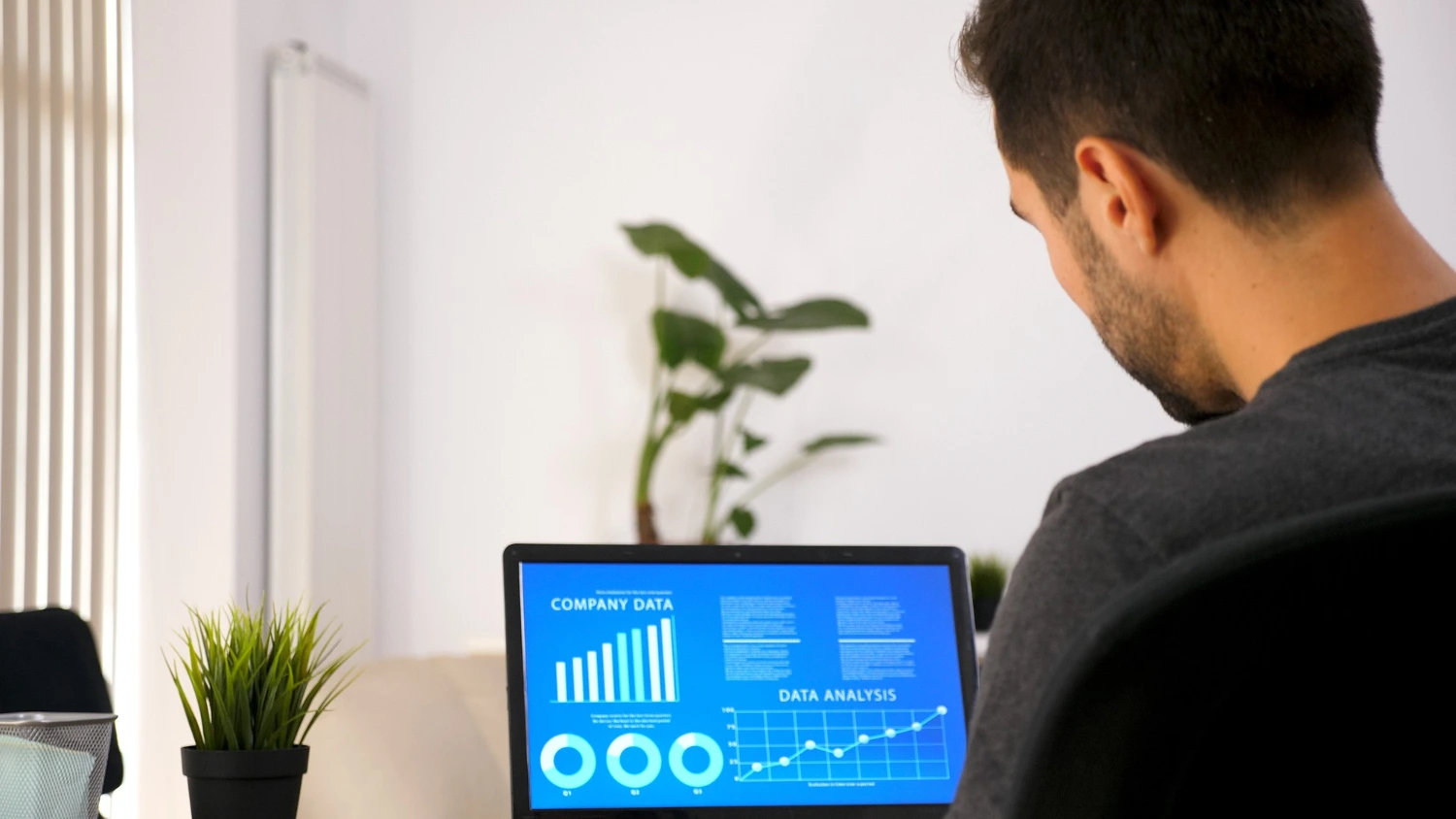As they Seek to The Future
페이지 정보
작성자 Rodger Rotton 작성일25-07-26 01:22 조회8회 댓글0건관련링크
본문
 Introduction
Introduction
 In today's data-driven business environment, organizations are increasingly searching for ways to utilize analytics for much better decision-making. One such company, Acme Corporation, a mid-sized retail business, acknowledged the requirement for an extensive solution to improve its sales performance analysis. This case study details the development and implementation of a Power BI dashboard that transformed Acme's data into actionable insights.
In today's data-driven business environment, organizations are increasingly searching for ways to utilize analytics for much better decision-making. One such company, Acme Corporation, a mid-sized retail business, acknowledged the requirement for an extensive solution to improve its sales performance analysis. This case study details the development and implementation of a Power BI dashboard that transformed Acme's data into actionable insights.
Background
Acme Corporation had been dealing with challenges in envisioning and evaluating its sales data. The existing method relied greatly on spreadsheets that were cumbersome to handle and prone to errors. Senior management typically found themselves spending important time analyzing data patterns throughout different different reports, causing delayed decision-making. The goal was to develop a central, easy to use dashboard that would permit real-time monitoring of sales metrics and help with much better tactical preparation.
Objective
The primary objectives of the Power BI dashboard project consisted of:
- Centralization of Sales Data: Integrate data from several sources into one available area.
- Real-time Analysis: Enable real-time updates to sales figures, permitting prompt decisions based on current efficiency.
- Visualization: Create intuitive and visually appealing charts and graphs for non-technical users.
- Customization: Empower users to filter and control reports according to varying business needs.
Process Data Visualization Consultant

- Requirements Gathering:
- Data Preparation:
- Dashboard Design:
- Development:
- Testing and Feedback:
- Deployment:
Results and Impact
The application of the Power BI control panel had a profound effect on Acme Corporation. Key outcomes consisted of:
- Increased Speed of Decision-Making: The real-time data access permitted management to make informed decisions quicker, responding rapidly to changing market conditions.
- Enhanced Data Literacy: Sales teams, initially apprehensive about data analysis, became more positive in analyzing reports. The user-friendly interface encouraged exploration and self-service analytics.
- Improved Sales Performance: By identifying underperforming items, the sales team might take targeted actions to resolve gaps. This resulted in a 20% increase in sales in the following quarter.
- Cost Savings: Streamlining data visualization got rid of the requirement for substantial report generation, saving man-hours and minimizing possibilities of errors incurred through manual processes.
Conclusion
The advancement and implementation of the Power BI dashboard at Acme Corporation is a testimony to how reliable data visualization can transform sales efficiency analysis. By focusing on user-centric style and constantly iterating based upon feedback, Acme had the ability to create a powerful tool that not only satisfies present analytical requirements but is also scalable for future development. As businesses continue to accept data analytics, this case research study serves as a blueprint for companies aiming to harness the full capacity of their data through informative and interactive control panels.
댓글목록
등록된 댓글이 없습니다.










